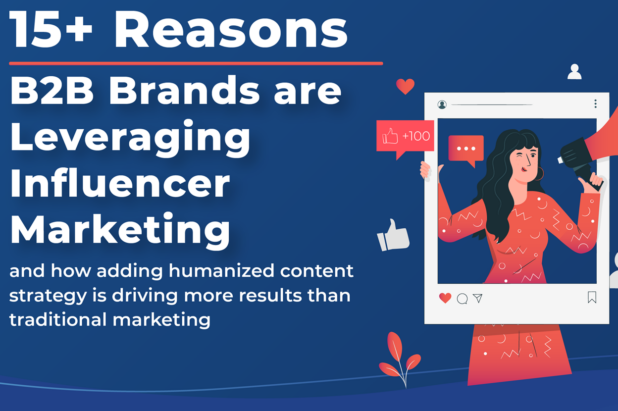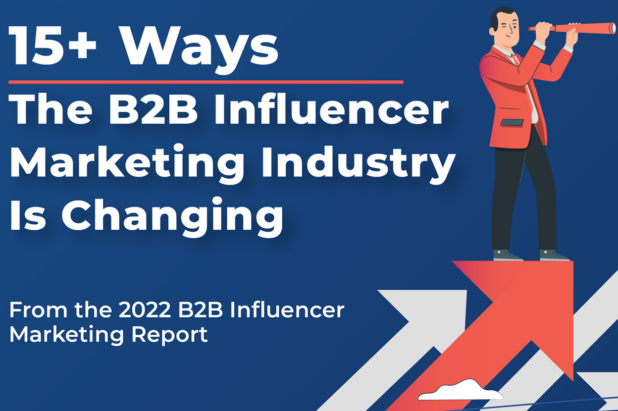 There’s a certain sentiment amongst many marketers that, “If you can’t measure it, it’s not worth doing.” While that perspective may not be entirely applicable to all online marketing, it certainly draws attention to the need for insight from measuring what we do to market, communicate, promote and influence on the web. The need to better understand the value and application of web analytics data as well as social media measurement is critical for companies that want to compete online.
There’s a certain sentiment amongst many marketers that, “If you can’t measure it, it’s not worth doing.” While that perspective may not be entirely applicable to all online marketing, it certainly draws attention to the need for insight from measuring what we do to market, communicate, promote and influence on the web. The need to better understand the value and application of web analytics data as well as social media measurement is critical for companies that want to compete online.
The MIMA Summit breakout session “Storytelling: Actionable Insight from Analytics” was jam packed with collective analytics wisdom shared by panelists Jason Rapps, Joel Wright, Marshall Sponder, and moderator Jennifer Veesenmeyer to help organizations overcome 3 key web analytics obstacles:
- Getting traction – getting from stage 1 to stage 2
- Nurturing a data-driven culture – pushing analytics to the rest of the organization
- Extending analytics to Web 2.0 and other new technologies
To answer the burning question of how to overcome the obstacles listed above, each panelists elaborated on a specific obstacle.
Obstacle #1: Getting Traction
Jason Rapps, Senior Web Analyst at Motorola, explained to the audience that the real question when working with analytics is “What do I do with this data?” Further, Jason advised that the first step in gaining traction is actually to take a step back and determine what success means for you/your company.
To succeed with analytics, actionable metrics must be delivered and confidence in the data must be instilled throughout the organization.
Recommendations to get traction and succeed include:
- Being consistent in the information you provide, and target to the audience
- Knowing the weaknesses of your system and communicate to team/management
- Communicating your needs
- Not overpromising – be realistic and prove the value
- Understanding the difference between “Metrics” (numbers) and “Analytics” (the story that explains what is happening, why it is happening and helps identify what to do next)
Obstacle #2: Nurturing a Data-Driven Culture
Joel Wright, Senior Web Analytics Consultant, Dell outlined success factors as well as the obstacles encountered when working within a data-driven culture.
Success with Analytics:
- Data-based designs and decisions
- Drive key metrics to achieve goals
- Prioritize initiatives by ROI – understand how it is affecting you, don’t waste advertising dollars, drive conversions, etc.
Obstacles/Challenges to Overcome:
- Data is not cool (according to most Marketers)
- Too much data (ability to glean insight, but having thousands of reports can get confusing)
- Relevance – what does this mean to me? (avoid the language barrier between the person running and the person receiving the data)
- Hippos Rule – “Highest Paid Persons Rule” (must gain buy-in from the decision makers within the organization, specifically the CMO/CEO/President)
- Sustained competitive advantage
Recommendations to Nurture a Data-Driven Culture include:
- Focus on goals/Impact ($) – understand what you are going to do/accomplish and tie to the bottom line and create a model that everyone can understand.
- Review Scorecards Weekly – critical to nurturing a data-driven culture and creates a common vocabulary between team members. (Make sure to include commentary on why the numbers are fluctuating.)
- Invest in Analytics Talent – challenges can be overcome by a person the “gets it”, turn the data into information that can work for you.
- Bonuses for Achieving Goals – tie an incremental bonus to meeting the goals set forth.
- Training and informal workshops – need a way to engage and needs to be consistent.
- Include Analysts from the start – information /advice/requirements can be communicated from the beginning versus after a new creative, flash, etc. is launched.
- Constantly test – everybody is testing, now the question is what to test.
- Market Successes – use the numbers to communicate the successes. (Share with the team that the numbers are being used to achieve goals.)
Obstacle #3: Extending Analytics to Web 2.0 and Other New Technologies
Marshall Sponder, Founder of Webmetricsguru.com, explained that social media, search & web analytics are converging, and ultimately changing the future of analytics.
Examples of recent mergers/acquisitions/partnerships that will change the future of analytics include:
- Adobe recently acquired Omniture (merging creativity with measurement)
- What people want to see is an analytics paired with design/creative so they can be measured rather the ongoing “silo” effect.
- WebTrends partners with Radian6 (Omniture & Coremetircs soon to follow) and SalesForce.com (Social CRM).
- Tealium tracks brand exposure and pipes data to Google Analytics, Omniture and Coremetrics.
- Comscore and Omniture partner to provide categorization and AD Tracking.
- Nielson and Facebook partner to do online research.
So what does this mean to Web Analysts?
- Siloed work descriptions are rapidly vanishing
- Management, Marketing, PR and Analysts working more closely together
- Creative teams composed of Web Analysts, Creatives and Community Managers (Social Media) are being seen as the optimal work group for Online Effectiveness.
Marshal wrapped up his segment of the presentation with the following thoughts:
- The future the social media data will be merged with analytics
- Data collection is a commodity right now, intelligence is not
In closing, Jennifer Meister, VP of Analytics at Stratigent and moderator of the Storytelling: Actionable Insight from Analytics session, summarized the recurring themes reiterated throughout the session as:
- So much data – so much to do, focus on the information/analytics that adds value
- Tie goals – awareness, advocacy and then get numbers around them
- Silos are coming down – teams are becoming integrated


